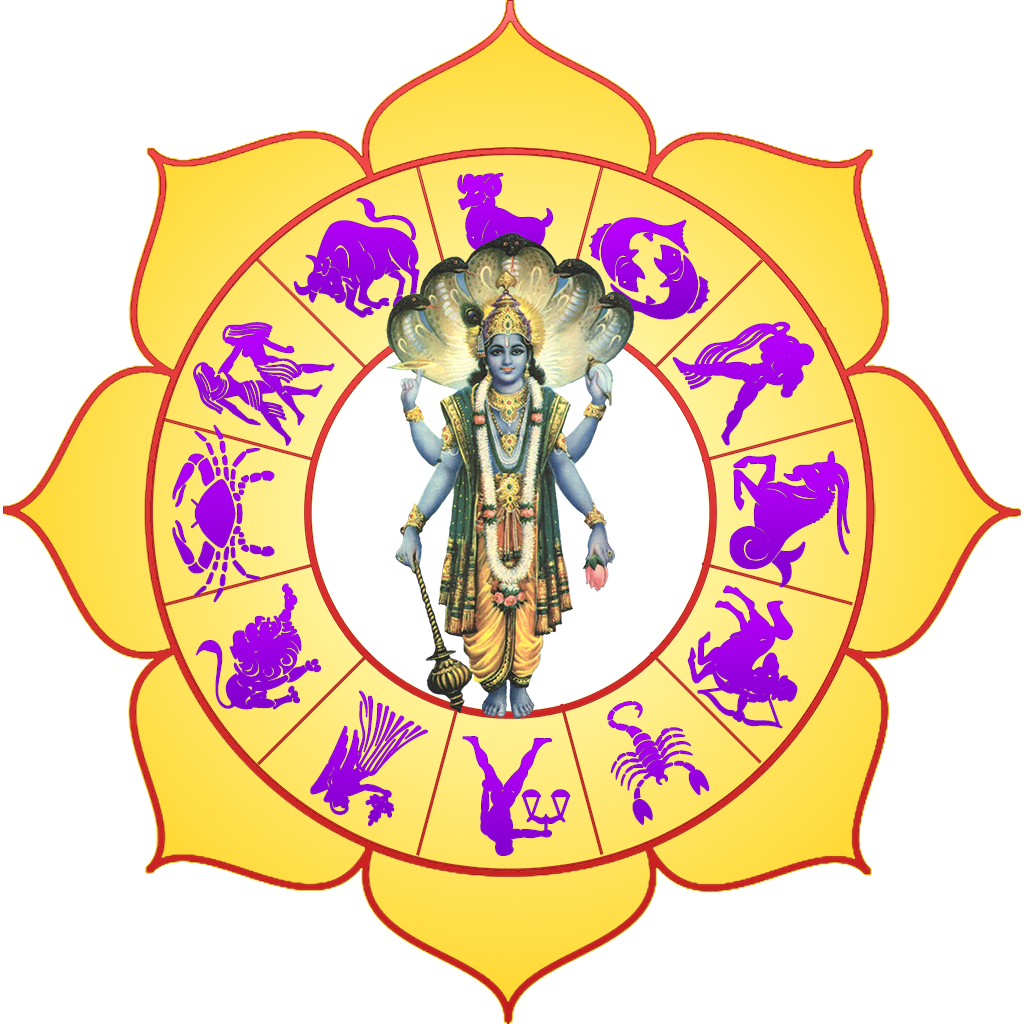Tag: Prārambha
Nomenclature
Atha अथ षोडशवर्गाध्यायः॥ atha ṣoḍaśavargādhyāyaḥ || This is the chapter title. The word ‘atha’ is an auspicious and inceptive particle which has no English equivalent….
Atha अथ षोडशवर्गाध्यायः॥ atha ṣoḍaśavargādhyāyaḥ || This is the chapter title. The word ‘atha’ is an auspicious and inceptive particle which has no English equivalent….


nbhanap@gmail.com +19195392537 Nitin Bhanap is an IT professional turned Vedic astrologer by the grace of Guruji (Pt. Sanjay Rath). Nitin is originally from Bombay, Maharashtra and now based in Raleigh USA. Nitin comes from a family of astrologers and Jyotiṣa was part of his early life because of his father and grandfather who had a career in corporate world, however practiced Jyotisa to help and guide people. Nitin pursued his interest in Jyotisa by reading many books, however after meeting Guruji (Pt Sanjay Rath), at the Someshwara Shiva temple prāṇa pratiṣṭhā in Ashveille NC, USA, Nitin found his Jyotiṣa Guru (Pt. Sanjay Rath). Nitin’s early life was spent in boarding school and then in Mumbai, where he completed his Master’s in Mathematics and then left for USA at the age of 23 to pursue career in IT and is still living in USA with his wife and one daughter. Nitin worked for many large corporations in USA and now has taken up Jyotisa seriously by volunteering to leave his professional career at Verizon to pursue Jyotisa studies further under guidance of Guruji (Pt. Sanjay Rath). Nitin joined Parāśara 5-year course under tutelage of Pt. Sanjay Rath in 2012 and completed his Jyotisa Paṇḍita certification in 2016 and now in the 3rd year of Jaimini Jyotisa under Pt. Sanjay Rath. Nitin has also currently enrolled Mantra Shastra course and continuing pursuing his Jaimini studies. Nitin continues to practice Jyotisa by guiding many young and middle-aged adults about their careers, marriage, children and many other areas of life. Nitin does the Jyotiṣa practice as an offering to Mahadev as Shiva is Parameṣṭhi Guru and the ocean of all knowledge Nitin is also learning Advaita Vedanta from Chinmaya mission and is currently serving as President of Chinmaya mission Raleigh Durham. As a part of Chinmaya mission, Nitin teaches Vedanta to young high school children on Sunday’s and organizes many spiritual discourses on Vedanta by inviting Chinmaya mission Swamiji’s from different US centers as a part of his seva to the Raleigh Durham community

kaartik@kaartikgor.com +971555532511 www.kaartikgor.com Kaartik Gor is a professional Vedic Astrologer, originally from Somnath, Gujarat and now based in Dubai. Kaartik comes from a family of priests and Jyotiṣa was part of his life since early days though he got interested after meeting his Gurudev. His early life was spent in Gujarat and later Mumbai where he completed his Engineering and later worked with corporate giants in their Sales and later as a Project Manager in Mumbai & Dubai. He later migrated to Dubai in 2002 and is now based there, though he consults and teaches globally via his webinar, conferences and personal contact classes. He also writes for leading publications and was instrumental in many positive changes related to Vedic scriptures in the GCC region. Kaartik Gor considers himself to be very fortunate and takes pride to be amongst the first direct students of his Gurudev (as he like to address him) Pt. Sanjay Rath. He strongly feels “Knowledge is Shiva” and takes pride in being associated with a tradition which dates back to 2500 years! He strongly feels that Jyotiṣa is his road to attain moksha since it gives him an opportunity to heal souls and make his life worthwhile. Teaching Jyotiṣa is something he enjoys a lot and being a young Turk likes to make it easy for Beginners to understand and implement the knowledge in their day to day life. He is a firm believer that knowledge should be applicable else its waste of time! Kaartik has been part of all major programs conducted by his Gurudev and has been associated with him for approx. 2 decades during which he is now a Jaimini Scholar, Jyotiṣa Pandita (Brihat Parashara Hora Shastra), Mantra Shastra among others. He still likes to call himself a Beginner and strongly advocates what his Gurudev told him “Knowledge is an Ocean, Start Swimming”. He truly believes that best Gurus are those who make best friends and likes to be grounded and approachable. His mission is to spread this brilliant Vedic knowledge globally and work tirelessly to achieve it, no mood to rest On a personal note he loves taking care of Cows and does his bit for them. He also loves music, singing, watching movies and playing squash!
Copyright © Pt. Sanjay Rath, DBC. All rights reserved.